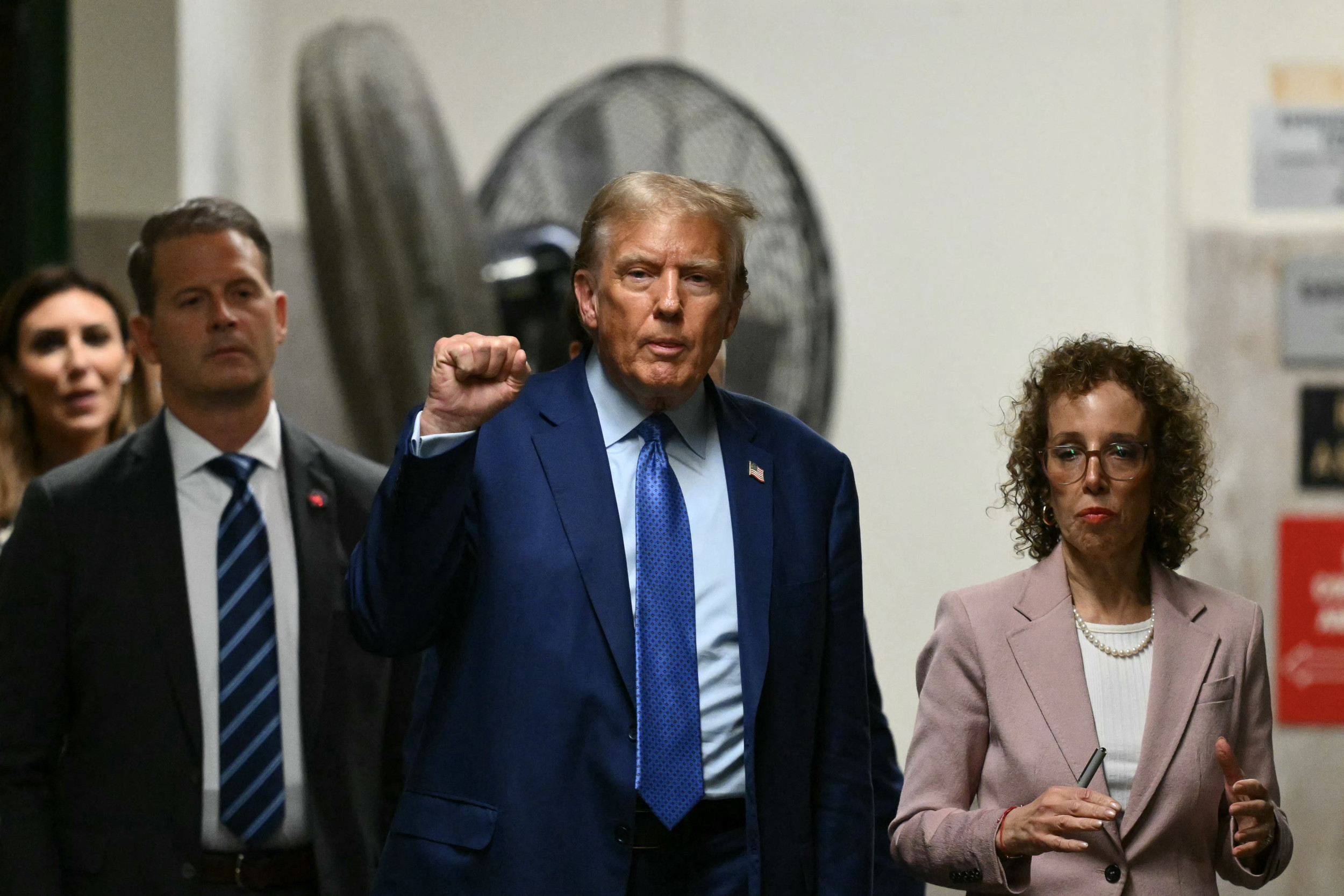More than 10,000 artifacts have been uncovered by archaeologists in an abandoned town considered to be the "Birthplace of Texas".
This town was discovered buried near the banks of the Brazos River in Texas's Washington County, known as Washington-on-the-Brazos. It is the site of the Texas Declaration of Independence being signed on March 2, 1836.
Now, researchers reveal that more than 10,000 artifacts have been unearthed from the town, where 1,000 people lived. The site is undergoing a $51 million renovation and expansion to delve deeper into the secrets of this historical site.

The Texas Declaration of Independence was the formal declaration of independence of Texas from Mexico in 1836. The declaration came after the Texan forces had effectively rebelled against the Mexican government and successfully taken control of several key locations in Texas, including the Alamo and Goliad.
Fifty-nine delegates signed the declaration, including notable figures such as George Childress, Lorenzo de Zavala, and soon-to-be republic president Sam Houston. The declaration formally severed ties between Texas and Mexico, leading to the Texas Revolution, and paved the way for the establishment of the Republic of Texas, which lasted until Texas joined the United States in 1845.
The town therefore had a very central role in early Texas history, and was even the capital of the Republic of Texas from 1842 to 1845.
"During Sam Houston's second term as president of the republic, he relocated the capital to this location," Jonathan Failor, the site manager for the Washington-on-the-Brazos State Historic Site, said in a statement. "That story, about the government center that was here, has never really been told—at least not in the way we're planning on telling it."
These artifacts include several pieces of glass and ceramics, and nails. They also uncovered the base of a brick fireplace marking the spot of a tavern, and the traces of a log cabin once used as Sam Houston's presidential office. They have also recently discovered coins from 1831 and 1820 in the tavern.
"If you get a piece big enough, we've been able to identify the exact pattern and exactly where it was made and when it was made," Failor said. "All of this will inform what we put inside these buildings."
Davy Crockett even stayed in Washington-on-the-Brazos on his infamous journey to the Alamo.
"Crockett stayed here for two nights on his way to the Alamo—a place that he never leaves," said Failor.
The site is hoped to reveal more secrets of the past after the expansion, which is aimed to be finished by 2025. Some $41 million of the $51 million budget is allocated from the Texas Legislature, with a further $10 million being privately raised from the historic site's foundation. The archaeologists hope to learn more about the lives of the ordinary people who lived in the town during this important period of history.
"My passion for history is taking what I've learned and bringing it to life for people," Failor said. "That's what we do here, and it's just such a powerful way to teach people about the past."
The researchers hope to recreate a building from the nearly entirely intact brick floor of a structure from the 1830s.

"From the outside, it will look like a republic-era building," Failor said. "But, when you walk in, it will be an open floor with a catwalk so you can look at some of the archaeological ruins of the town." Sharp-eyed visitors may even notice the indentation of a small pawprint on one of the bricks, probably left by a local cat while the clay was drying, Failor said.
They also hope to replicate a two-story mercantile building where the 8th and 9th Texas Congress assembled, named the Hatfield's Exchange, which burned down in 1854.
"In Independence Hall, the Republic of Texas was born on March 2, 1836. Nine years later and 300 feet away, the end of the Republic of Texas began at Hatfield's Exchange," Failor said. "That's an important story for us to tell, and that's a story that can be uniquely told here in the town of Washington."
Do you have a tip on a science story that Newsweek should be covering? Do you have a question about Texas? Let us know via science@newsweek.com.
Uncommon Knowledge
Newsweek is committed to challenging conventional wisdom and finding connections in the search for common ground.
Newsweek is committed to challenging conventional wisdom and finding connections in the search for common ground.
About the writer
Jess Thomson is a Newsweek Science Reporter based in London UK. Her focus is reporting on science, technology and healthcare. ... Read more
To read how Newsweek uses AI as a newsroom tool, Click here.






